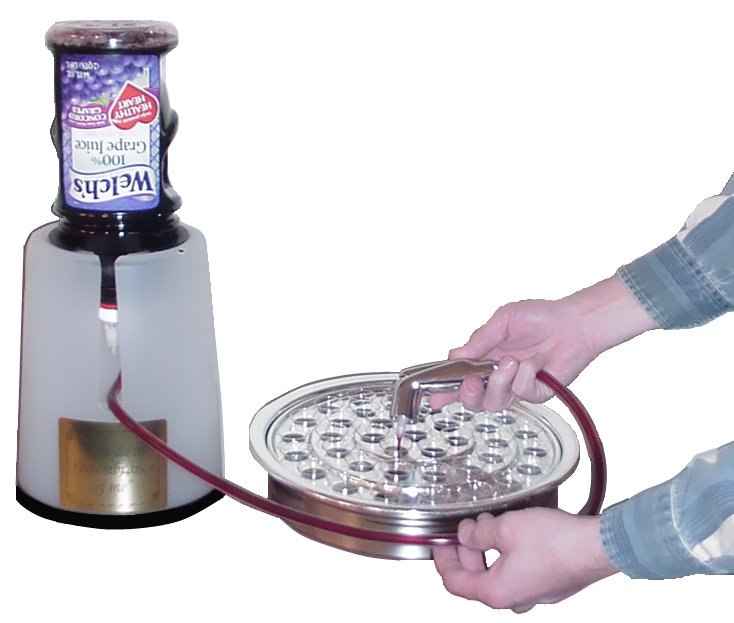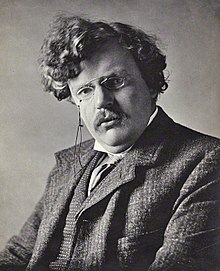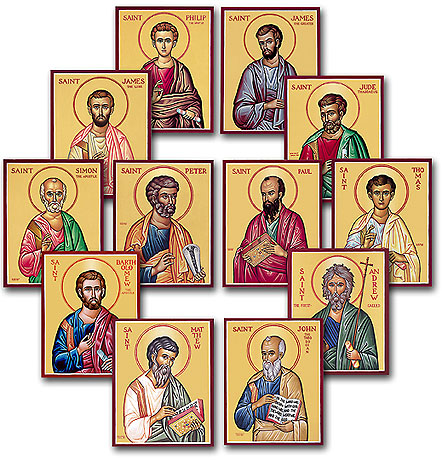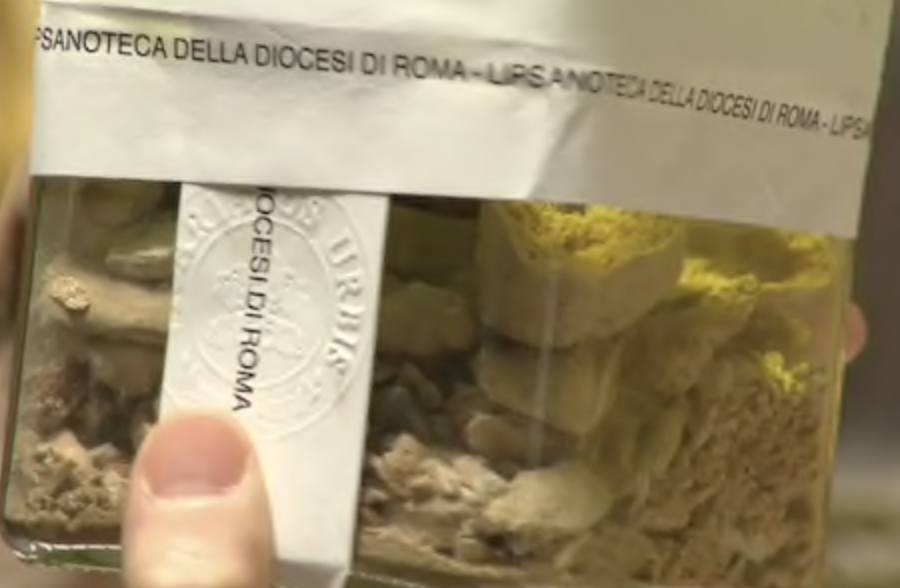This version of The Weekly Francis covers material released in the last week from 4 August 2019 to 21 August 2019.
The Weekly Francis is a compilation of the Holy Father’s writings, speeches, etc which I also post at Jimmy Akin’s blog.
Angelus
General Audiences
Papal Tweets
- “In the midst of all those passing things in which we are so caught up, help us, Father, to seek what truly lasts: your presence and that of our brother or sister.” @Pontifex 8 August 2019
- “Indigenous peoples, with their variety of languages, cultures, traditions, and ancestral knowledge, remind us that we are all responsible for the care of Creation, which God has entrusted to us. #IndigenousPeoplesDay” @Pontifex 9 August 2019
- “Basically, the Christian witness announces this alone: that Jesus is alive and that He is the secret of life. #StLawrenceMartyr” @Pontifex 10 August 2019
- “Today’s Gospel invites us to abandon ourselves with simplicity and trust to God’s will, and to keep ”the lamps alight“, so we can brighten the darkness of the night. #Angelus” @Pontifex 11 August 2019
- “Education with horizons open to transcendence helps young people to dream and to build a more beautiful world. #IYD2019” @Pontifex 12 August 2019
- “Only when we experience God’s forgiveness are we truly reborn. We start again from there, from forgiveness. It is there that we rediscover ourselves: in confessing our sins.” @Pontifex 13 August 2019
- “Let us ask for the grace to remember each day that we are not forgotten by God, and that we are His beloved children, unique and irreplaceable. Calling this to mind gives us the strength not to surrender before the adversities of life.” @Pontifex 14 August 2019
- “Mary’s journey to Heaven began with that ”yes“ pronounced at Nazareth. Every “yes” to God is a step towards Heaven, towards eternal life. Because the Lord wants us all with Himself, in His house!” @Pontifex 15 August 2019
- “Let us ask Our Lady to protect and sustain us; that we may have a strong, joyful and merciful faith; that she may help us to be saints, to meet her one day in Paradise.” @Pontifex 16 August 2019
- “With God, the burdens of life rest not upon our shoulders alone: the Holy Spirit comes to give us strength, to encourage us, to bear our burdens.” @Pontifex 17 August 2019
- “In today’s Gospel, Jesus reveals to us His most ardent desire: to bring to the earth the fire of the Father’s love: the fire that saves, that changes the world, starting from the change of each one’s heart. #Angelus” @Pontifex 18 August 2019
- “Today we remember all the brave women who go out to meet their brothers and sisters in difficulty. Each of them is a sign of God’s closeness and compassion. #WomenHumanitarians” @Pontifex 19 August 2019
- “In the uncertainty that we feel both inside and out, the Lord gives us a certainty: He remembers us.” @Pontifex 20 August 2019
- “It takes more strength to repair than to build, to start anew than to begin, to be reconciled than to get along. This is the strength that God gives us.” @Pontifex 21 August 2019
Papal Instagram







